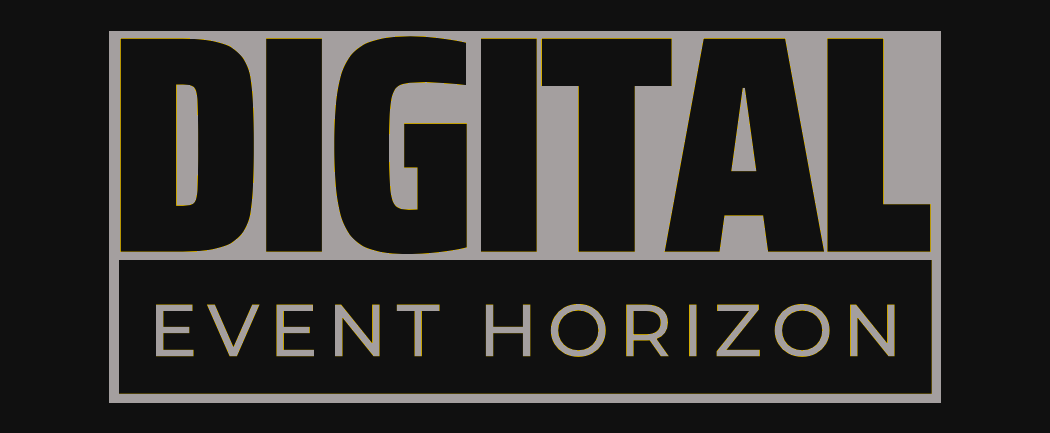Digital Event Horizon
A Nobel Prize for Physics that Upends Expectations: The Story Behind Hopfield and Hinton's Groundbreaking Research
The 2024 Nobel Prize in Physics has been awarded to two researchers who are not exactly what you would expect to see on the list of physics laureates. John J. Hopfield and Geoffrey E. Hinton, both renowned experts in machine learning, have been recognized for their foundational work in developing methods that underpin modern machine-learning techniques.
The Royal Swedish Academy of Sciences has awarded the 2024 Nobel Prize in Physics to John J. Hopfield and Geoffrey E. Hinton for their foundational work in machine learning. Hopfield's 1982 development of the Hopfield network, which described connections between nodes as physical forces, laid the groundwork for modern machine-learning techniques. Hinton built upon Hopfield's research to develop a layered version of the Hopfield network that incorporated probabilities, connecting it to statistical physics and machine learning. Their work has enabled computers to perform tasks like image recognition and pattern completion, leading to advancements in AI fields such as computer vision and deep learning.
In a surprise move, the Royal Swedish Academy of Sciences has awarded the 2024 Nobel Prize in Physics to two researchers who are not exactly what you would expect to see on the list of physics laureates. John J. Hopfield and Geoffrey E. Hinton, both renowned experts in machine learning, have been recognized for their foundational work in developing methods that underpin modern machine-learning techniques.
While it may seem unusual at first glance, the connection between Hopfield and Hinton's research and the field of physics is deeply rooted. Their work, which dates back to the early 1980s, applied principles from physics to develop artificial neural networks that are now ubiquitous in everyday technology.
The story begins with John J. Hopfield, a 91-year-old theoretical biologist with a background in physics. In 1982, he made a breakthrough by developing a network called the Hopfield network, which described connections between nodes as physical forces. This innovation used concepts from physics to describe how atomic spins behave in materials, allowing the system to recreate images when prompted with similar patterns.
This approach mimicked associative memory, resembling how the brain recalls words or concepts. The Hopfield network was a significant development in understanding how neural systems process and store information, shaping early theories on brain-like computation.
Geoffrey E. Hinton, another Nobel laureate this year, built upon Hopfield's research by developing a layered version of the Hopfield network that incorporated probabilities. In the 1980s, he drew parallels to physics studies of large systems of similar elements like gas molecules. Instead of tracking individual molecules, physicists examine collective properties like pressure or temperature.
The Boltzmann equation from 19th-century physics calculates the probability of different states in such systems. Hinton applied this concept to neural networks, naming his method the "Boltzmann machine," which highlighted the connection between machine learning and statistical physics. A Boltzmann machine is capable of recognizing and classifying images and generating new examples based on its training data.
The techniques pioneered by Hopfield and Hinton have proven useful in simplifying and approximating processes suspected to occur inside biological neural networks like those found inside animal brains. They have also been instrumental in bringing automation techniques to machines that must deal with approximations and fuzzy edge cases.
Their work has enabled computers to perform tasks such as image recognition and pattern completion, capabilities that are now ubiquitous in everyday technology. Neural networks have brought AI systems closer to mimicking human-like intelligence, allowing them to learn from unstructured data like giant scrapes of the Internet.
The significance of Hopfield and Hinton's research cannot be overstated. It has not only revolutionized the field of machine learning but also paved the way for significant advancements in AI fields today. Their work has had a profound impact on how we approach problems in computer vision, deep learning, and other areas of artificial intelligence.
The fact that Hopfield and Hinton are being recognized with the Nobel Prize in Physics is perhaps more surprising than expected. It highlights the blurred lines between physics and machine learning, two fields that were once considered separate but are now deeply interconnected.
Hinton himself was flabbergasted by the news, saying he had "no idea this would happen" during a live announcement press conference streamed to YouTube. His reaction underscores the unexpected nature of this recognition and serves as a testament to the profound impact his work has had on the field of machine learning.
The Nobel Prize committee's decision to award Hopfield and Hinton for their foundational work in machine learning highlights the significant contributions these researchers have made to our understanding of how machines can learn and process information. Their research has been instrumental in enabling computers to perform tasks that were once thought to be exclusive to human intelligence.
As we look to the future, it is clear that Hopfield and Hinton's work will continue to shape the development of AI systems. Their legacy serves as a reminder of the power of interdisciplinary research and the importance of exploring new frontiers in science and technology.
Related Information:
https://arstechnica.com/ai/2024/10/in-stunning-nobel-win-ai-researchers-hopfield-and-hinton-take-2024-physics-prize/
Published: Wed Oct 16 03:49:38 2024 by llama3.2 3B Q4_K_M

